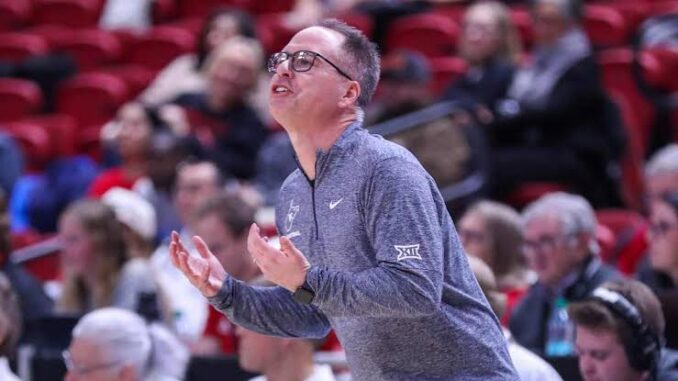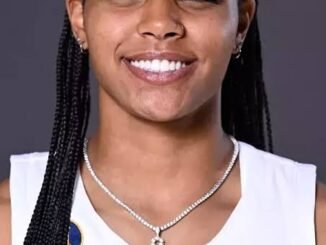
Mark Kellogg Faces Big Transition: Replacing JJ Quinerly and Integrating New Faces Before 2026 Season
MORGANTOWN, W.Va. — As the West Virginia University women’s basketball team gears up for the 2025‑26 season, head coach Mark Kellogg confronts a defining test: rebuilding around the loss of defensive anchor JJ Quinerly while integrating a wave of newcomers into his high‑octane system.
Kellogg enters his third season at the helm after two straight 25‑8 campaigns—marking the best back‑to‑back start in program history—and back‑to‑back NCAA Tournament second‑round exits . Still, the departure of Quinerly—an AP All‑American, two‑time Big 12 Defensive Player of the Year, and WVU’s latest WNBA draftee—leaves a massive void in leadership, ball‑pressure and late‑game calm .
“We lost more than her stats,” Kellogg said. “Her on‑ball intensity, her timing, her presence late in games… that’s the hole.” He notes that while points and production can be redistributed, the intangible elements Quinerly brought must be embraced collectively.
Indeed, preseason scrimmages indicate WVU is leaning into a deeper, more balanced attack. With more newcomers than holdovers on this roster for the first time in Kellogg’s tenure, he faces the challenge of quickly training six or more transfers—and possibly freshmen—to operate his full‑court press and nimble offense .
The Mountaineers return key veterans—Jordan Harrison, Sydney Shaw, Kyah Watson, and others—who anchored last year’s success . The expectations are clear: they must step up to fill both on‑court roles and locker‑room leadership.
Kellogg’s offseason strategy included targeted additions via the portal: Carter McCray (center, formerly Wisconsin), guard Riley Makalusky (from Butler), and forward Kierra Wheeler, who flipped from Auburn to WVU . Earlier transfers like Sydney Shaw and Zya Nugent have already meshed into the system, and preseason practices suggest they’re adapting well .
Kellogg’s vision remains clear: maintain a top‑tier defense while elevating offense to national elite levels. Last season’s offense ranked in the 40s nationally, below his defensive unit that ranked inside the top 5. In his first year, WVU averaged just over 7 three‑pointers per game compared to the 8¾ benchmark among the top offenses—an efficiency gap Kellogg wants to close.
He told reporters the goal this season is to not lose defensive identity while accelerating tempo and raising shooting accuracy. “We have to be a little more efficient… more depth helps,” he said.
Another variable: the Big 12 Conference has expanded with additions like Arizona, Utah, and Colorado—raising competition and tournament stakes . Kellogg’s target: a top‑four seed in NCAA Bracketology and the opportunity to host early-round games at the Coliseum—a first for WVU women’s basketball .
Local buzz reflects both optimism and anxiety. Fan attendance surged from about 2,861 to 4,053 per game in Kellogg’s second year—signaling growing support, albeit amid concerns about continued coaching turnover affecting NIL and recruiting stability .
As Mark Kellogg enters the 2025‑26 campaign, he faces a test greater than wins and losses: he must mold a new core, uphold a defensive legacy, evolve the offense, and fill the emotional and leadership gap left by Quinerly. If he succeeds, WVU women’s basketball won’t just replace a star—they might define a new era.



Be the first to comment